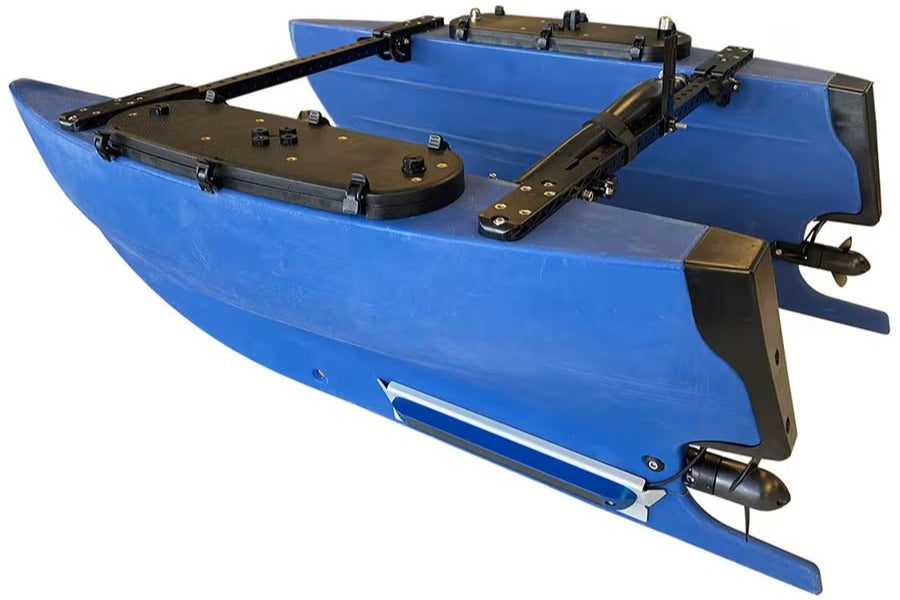What Is the Practical Minimum Range for the Cerulean Sonar Omniscan 450 Side Scan Sonar?
When working with side scan sonar, one of the common questions we hear is: What’s the minimum depth required for effective imaging?
With the Omniscan 450, there’s technically no absolute minimum depth requirement. However, in real-world applications, the near-field effect becomes a limiting factor.
Understanding the Near-Field Effect
At close range, the sonar beam behaves differently. The effective beam width expands, side lobes become more pronounced, and image clarity starts to degrade. This means that the closer you get to your target, the more blurred and less useful the sonar image becomes.
What Is the Practical Minimum Range?
For optimal performance, a minimum water depth of 2–3 meters is recommended when using the Omniscan 450.
At slightly deeper depths, you might not notice much distortion, but as you move closer, the image quality drops. This is especially important for applications such as underwater search and recovery, where clarity is critical for identifying objects.
Key Takeaways:
-
There’s no absolute minimum depth, but the near-field effect limits practical usability.
-
At 2–3 meters, the sonar maintains good image quality.
-
Going too shallow results in wider beams, stronger side lobes, and reduced clarity.
For those using the Omniscan 450 or other side scan sonar systems, understanding these limitations helps ensure better data collection and clearer imagery.
To buy or find out more, see the product listing: Cerulean Sonar Omniscan 450 Side Scan Sonar.


Share:
Guide to Using Ground Control Points for Surveying
Affordable, High-Performance Multibeam Echosounder for Bathymetry